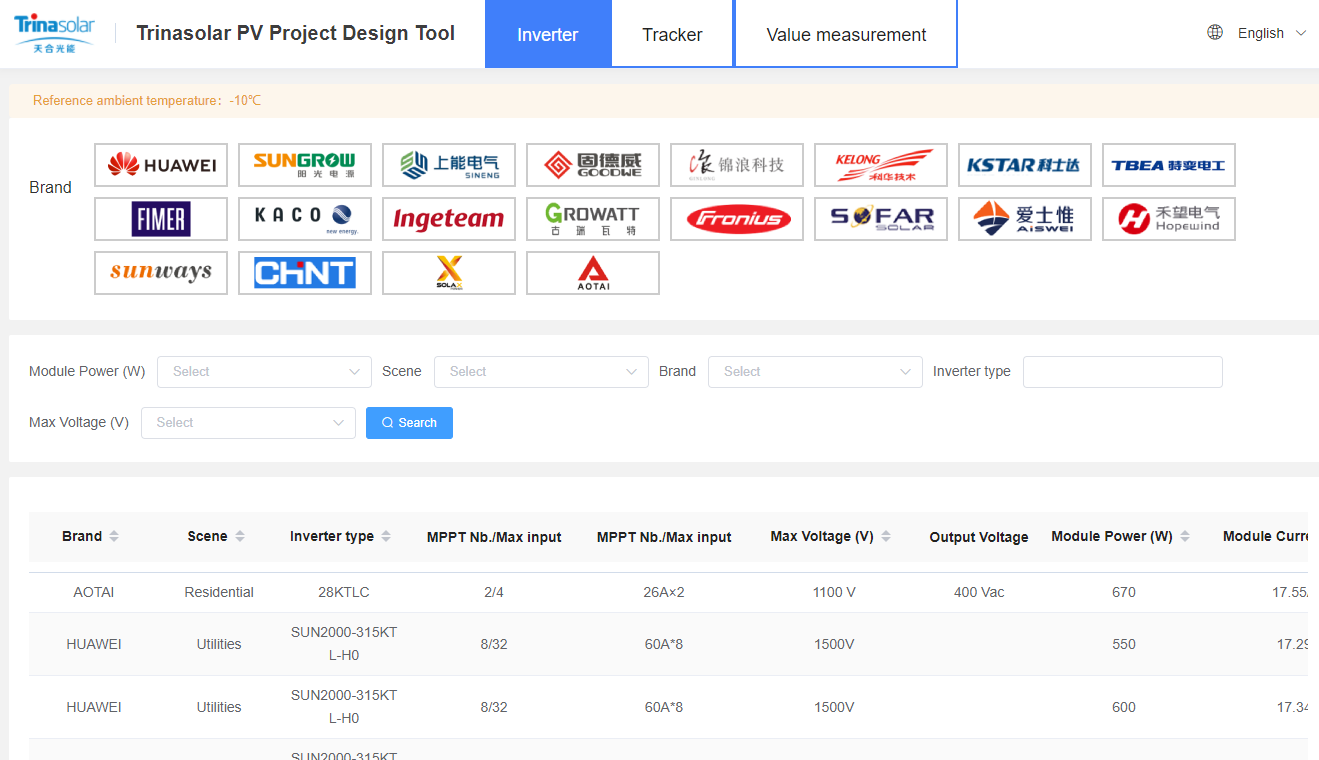On January 26th, 2022, Trina Solar released a new CAPEX and LCOE Assessment White Paper, bringing together calculations and studies from Fraunhofer ISE, DNV, Black & Veatch, Enertis Applus+ and UL, five leading global authorities on PV system analysis. The analysis covers six countries and forms 84 sets of comparative data, showing the comprehensive system value advantage of the Vertex series modules. It is the latest in a series of white papers on the 210mm module ecosystem, following the Inverter Compatibility White Paper and the Solar Tracker Compatibility White Paper published last year.
Lower LCOE is critical to accelerating the clean energy transition
As part of the US transition to renewable energy, lower LCOE can accelerate the replacement of fossil energy such as coal and crude oil and promote the realization of carbon goals.
The white paper outlines various ways of reducing levelized cost of energy (LCOE). It lists the calculations and studies by Fraunhofer ISE, DNV, Black&Veatch, Enertis Applus+, and UL conducted in Germany, Spain, Brazil, the United States, Australia and the UAE. These studies cover PV modules of four different sizes: 210mm, 182mm, 166mm and 158mm. The studies show how different modules impact system value indicated by balance of system (BOS) cost and LCOE.

Cutting-edge Vertex 210mm modules reduce LCOE by up to 4.1%
The white paper points out that from the calculation formula of LCOE, system value is directly proportional to lifecycle costs such as CAPEX, OPEX, etc., and is inversely proportional to the power generation in the entire lifecycle. Under the same conditions, the power generation of the entire project life cycle will be different for different component (P-type) solutions, but the difference is limited, and the impact of the project's CAPEX on LCOE is more significant. When the difference in power generation is limited, lower CAPEX means lower LCOE.
The studies in different regions and different types of projects show that the 210 Vertex modules provide significant advantages in electrical system cost, transportation cost and tracker installation cost compared with 182mm and 166mm modules. Compared with the 182-540W reference module, the Trina Solar Vertex 670W series module can reduce the corresponding LCOE by 4.1%.
With an innovative design concept of low voltage and high power, Trina Solar's 210 Vertex series modules can increase the string power by up to 41%, providing higher system value and lower power consumption. The cost of electricity has become the best choice for the large-scale PV plants, while bringing higher value to customers.
Smart matching tool 3.0 goes live
In order to provide customers with better service, Trina Solar previously launched the intelligent matching databases for PV project design version 2.0, which includes 22 string inverters of 238 products, 14 mainstream tracker manufacturers, and over 30 tracker products. With the update of the data in the white paper, the tool has been upgraded to version 3.0.

The tool offers six options: tracker type, country, region, calculation organization, comparison module type and reference module type, allowing customers to identify BOS and LCOE data and the difference of various modules under a concrete project condition through an intelligent search. In the future, the white paper and design tools will include more calculation reports and results from third-party organizations as published.
Affordable solar panels and low LCOE are key trends in the PV market. The Vertex 600W+ modules with higher power, higher system value and lower LCOE have become the preferred choice for customers, providing a new path to higher returns.
